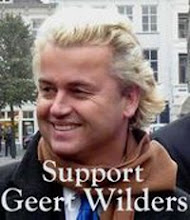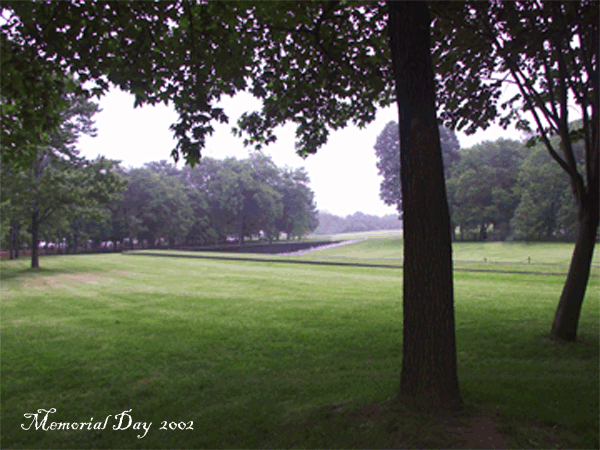THE PROBLEM WITH CATCH AND RELEASE
Abdullah Mehsud, above, a former Guantanamo Bay prisoner, talks on his walky-talkie as his body guard looks on near Chagmalai in South Waziristan along Afghanistan border in this Oct 14, 2004 file photo. Mehsud, who led pro-Taliban militants in Pakistan after his release, died on Tuesday, July 24, 2007 when he blew himself up with a grenade to avoid arrest. Armed intelligence agents cornered Mehsud and three other men at the house of a leader of an Islamist political party in the southwestern town of Zhob, police officials said. (AP Photo/M. Sajjad/FILE)
--------------------------------------------------------------------------------------------Here are two articles highlighting the mind numbing stupidity of releasing the murdering scum held at Guantanimo. The first is from stretegypage.com by Harold C. Hutchison and the second is from townhall.com by dick Morris and Eileen McGann. The poster child for those released is Abdullah Mehsud, pictured above.
There can be no compromise with fanatical Islamists. It’s interesting to note that if the leftists got their way and captured Jihadi were accorded the protection of the Geneva Convention, they would have ABSOLUTELY NO RECOURSE TO JUDICIAL REVIEW OF ANY SORT. Additionally, under the Geneva conventions, they could be held until the end of hostilities, no matter how long that might take. The left should be careful what they wish for.
First, from Strategy Page:
Catch and release dosen't work
July 30, 2007: In the past week, a former detainee at Guantanamo Bay blew himself up rather than be captured by Pakistani security police. This was the latest released detainee to have returned to combat on the side of al Qaeda, and been caught in the act. In essence, this incident is just the latest example of why these detainees should not have access to normal courts, and it also should refute claims from many human rights groups about the detainees.
In the past, over a dozen other released detainees have returned to fight for al Qaeda. One of the most notable was Rasul Kudayev, detained by Russian security forces for his part in planning attacks on police in the Kabardino-Balkariya region in the Northern Caucasus, which killed 45 people (not counting the 94 attackers). The U.S. Department of Defense is aware of at least a dozen other terror suspects who have been re-captured, having re-joined al Qaeda in its fight against coalition forces in the war on terror.
This is something often ignored in the media, which has pushed the "prisoner abuse" issue at Guantanamo Bay and in Iraq (most notably the Abu Ghraib scandal). Human rights groups will probably not discuss the 45 deaths that a former detainee is responsible for, nor will they even admit that there is another side to the issue of detainees. In fact, they will continue to work to get these terrorists access to courts, which now forces the U.S. to make a decision. Do they withhold evidence, and risk the terrorists going free – possibly to carry out more attacks, or do they put them on trial, and risk aiding al-Qaeda's counterintelligence efforts?
READ IT ALL:
---------------------------------------------------------------------------------------
SECOND, FROM TOWNHALL:
Why is the American Government Releasing Guantanamo Prisoners? By Dick Morris and Eileen McGann
Friday, July 27, 2007 Calling him a "senior Taliban commander," The New York Times reported on Wednesday that Abdullah Mehsud blew himself up at his hide-out in the town of Zhob in southwestern Baluchistan Province in Pakistan, rather than surrender to government forces. But what was he doing commanding Taliban troops in the first place? Mehsud had been captured by American forces in northern Afghanistan in December 2001 and sent to the Guantanamo Detention Center. The reason he was able to resume his duties as a Taliban commander is because we released him from Guantanamo in March 2004. The Times reported that "upon his return to the region, he took up arms again and soon became the Taliban commander of South Waziristan, a tribal area near the border with Afghanistan." Mehsud is suspected of being the mastermind behind the kidnapping of two Chinese engineers in 2004, one of whom was killed. So the question, not asked by The Times, of course, is why on earth did we free Mehsud in the first place, permitting him to go back to his day job as a guerilla and terrorist leader? The answer is as obvious as it is depressing: pressure from human rights activists and their journalistic accomplices throughout the world. In the past few years, we have released hundreds of detainees and most face no charges in their native countries when they are repatriated.
READ IT ALL:


.jpg)












